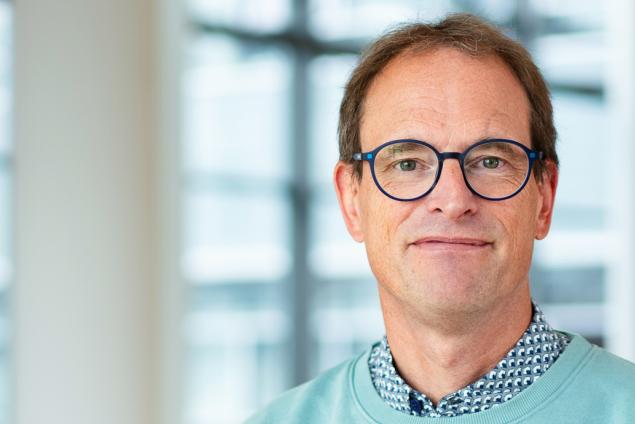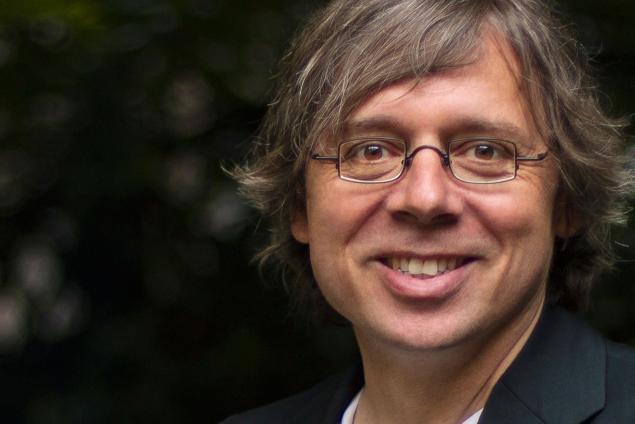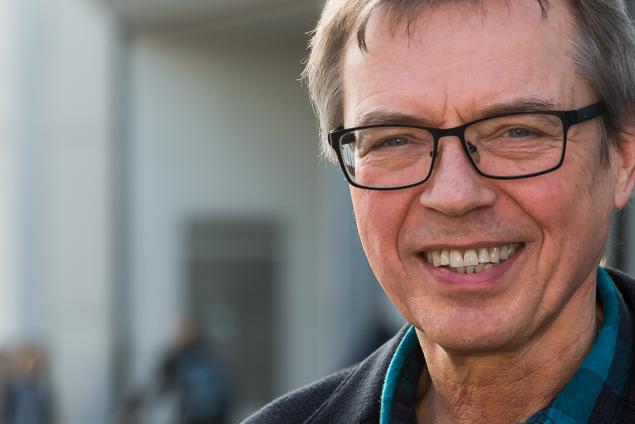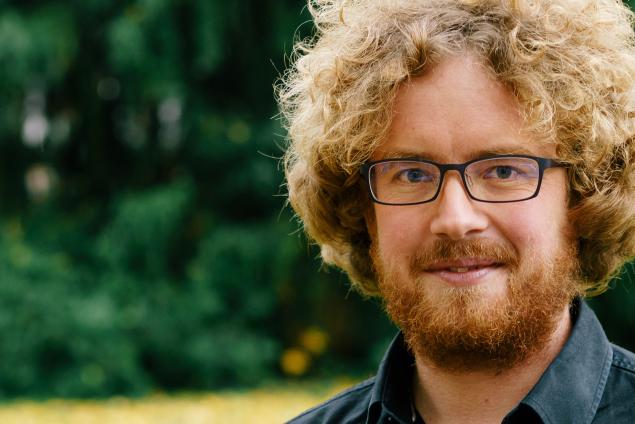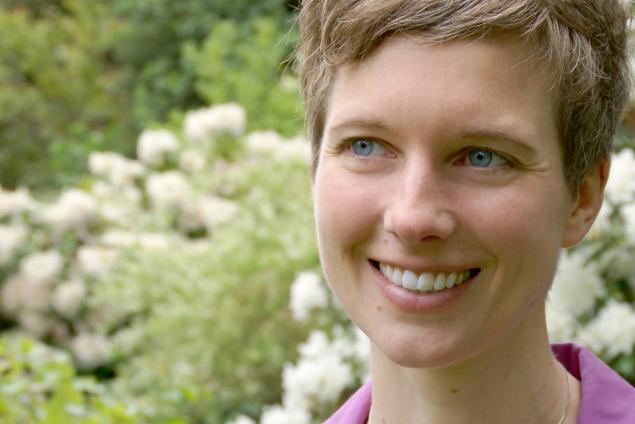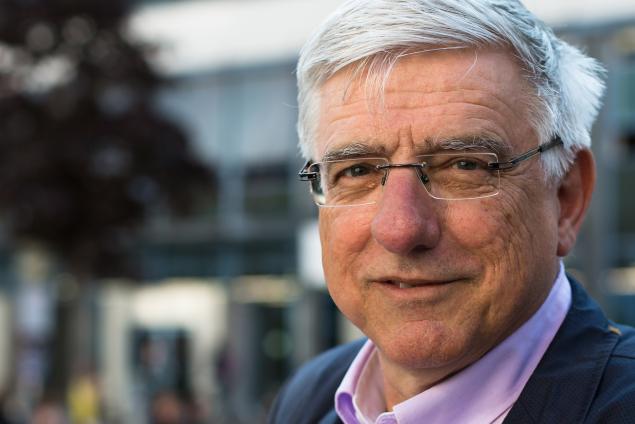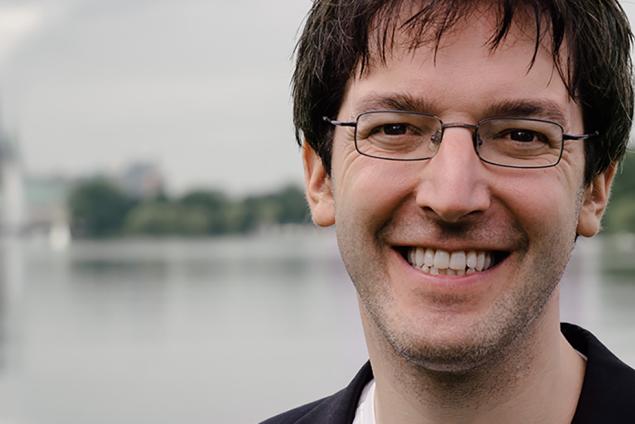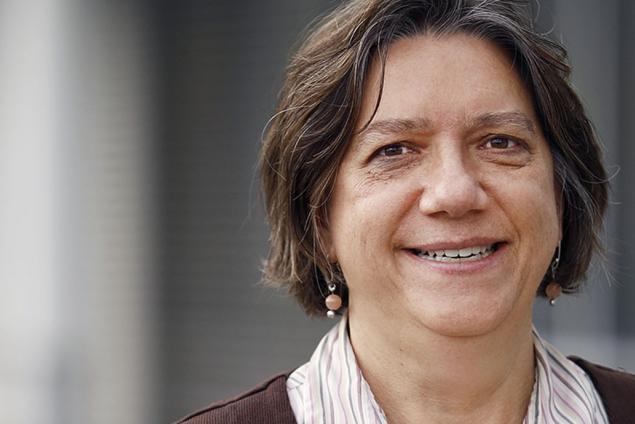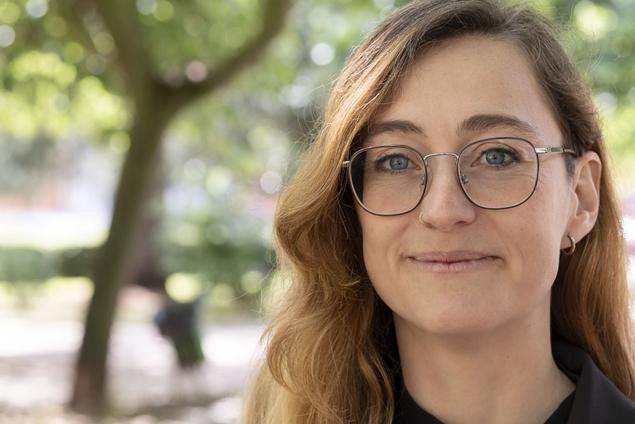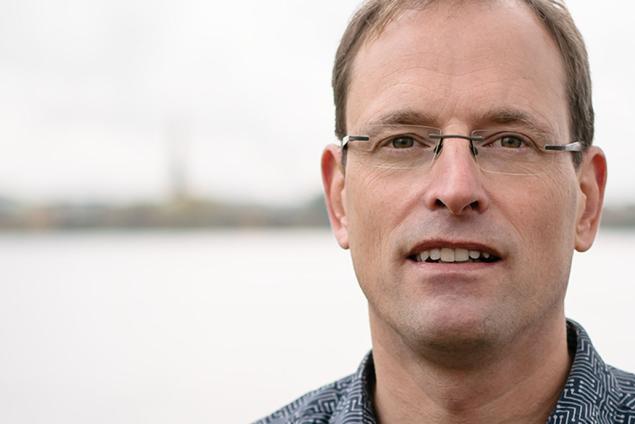The accumulation of carbon dioxide (CO2) in the Earth’s atmosphere is responsible for one of the most pressing problems of our age, global warming. In this video, SUSAN TRUMBORE analyses the key role that plant and soil systems play in the carbon cycle in order to better understand how they can assist us in combating this issue. Trumbore explains how Carbon-14 (or radiocarbon), a byproduct of atmospheric weapons testing in the 1960s, can be traced through plant and soil systems in order to understand how those systems store and process CO2. Providing insights helpful to foresters as well as farmers, the research demonstrates that improving our understanding of these natural systems could help us to effectively respond to the greatest challenge facing our planet in the 21st Century.
DOI:
https://doi.org/10.21036/LTPUB10795
Researcher
Susan Trumbore is Director of the Department of Biogeochemical Processes at the Max Planck Institute for Biogeochemistry and Professor of Earth System Science at the University of California, Irvine. A central focus of Trumbore’s research is how radiocarbon can be used to illuminate and explain the carbon cycle. Co-coordinator of the joint German-Brazilian project, ATTO (the Amazon Tall Tower Observatory), Trumbore is the inaugural editor in chief of the journal AGU Advances. Elected to the American National Academy of Sciences in 2010, Trumbore received the Benjamin Franklin Medal for Earth and Environmental Science in 2018.
Institution
The research is dedicated to the study of global biogeochemical cycles and their long-term interactions with the biosphere, the atmosphere, the geosphere and the entire climate system. We want to better understand how living organisms - including humans - exchange basic resources such as water, carbon, nitrogen and energy with their environment and how this affects global climate and ecosystems. Biogeochemistry is the science of the Earth's metabolism. Elements essential to life such as carbon, nitrogen, oxygen and phosphorus are constantly undergoing biological, chemical and physical transformations as they are exchanged between different parts of the Earth, the lithosphere, hydrosphere, biosphere and atmosphere. The "biogeochemical cycles" quantitatively describe the distribution and exchange of elements between these components of the Earth system.
Original publication
Soil Organic Matter Persistence as a Stochastic Process: Age and Transit Time Distributions of Carbon in Soils
Trumbore Susan E., Sierra Carlos A., Hoyt Alison M. and He Yujie
Global biogeochemical cycles
Published in 2018
Radiocarbon Constraints Imply Reduced Carbon Uptake by Soils During the 21st Century
Harden Jennifer W., Trumbore Susan E., He Yujie, Torn Margaret S., Vaughn Lydia JS, Allison Steven D. and Randerson James T.
Science
Published in 2016
How Fresh is Maple Syrup? Sugar Maple Trees Mobilize Carbon Stored Several Years Previously During Early Springtime Sap-ascent
Trumbore Susan, Hartmann Henrik, Muhr Jan, Messier Christian, Delagrange Sylvain and Xu Xiaomei
New Phytologist
Published in 2016
Reading recommendations
Understanding the Roles of Nonstructural Carbohydrates in Forest Trees– From What We Can Measure to What We Want to Know
Trumbore Susan and Hartmann Henrik
New Phytologist
Published in 2016
Radiocarbon and Soil Carbon Dynamics
Trumbore Susan
Annual Review of Earth and Planetary Sciences
Published in 2009
Slow Growth Rates of Amazonian Trees: Consequences for Carbon Cycling
Trumbore Susan, Higuchi Niro, Vieira Simone, Camargo Plinio B., Selhorst Diogo, Chambers Jeffrey Q. and Martinelli Luiz Antonio
Proceedings of the National Academy of Sciences
Published in 2005


